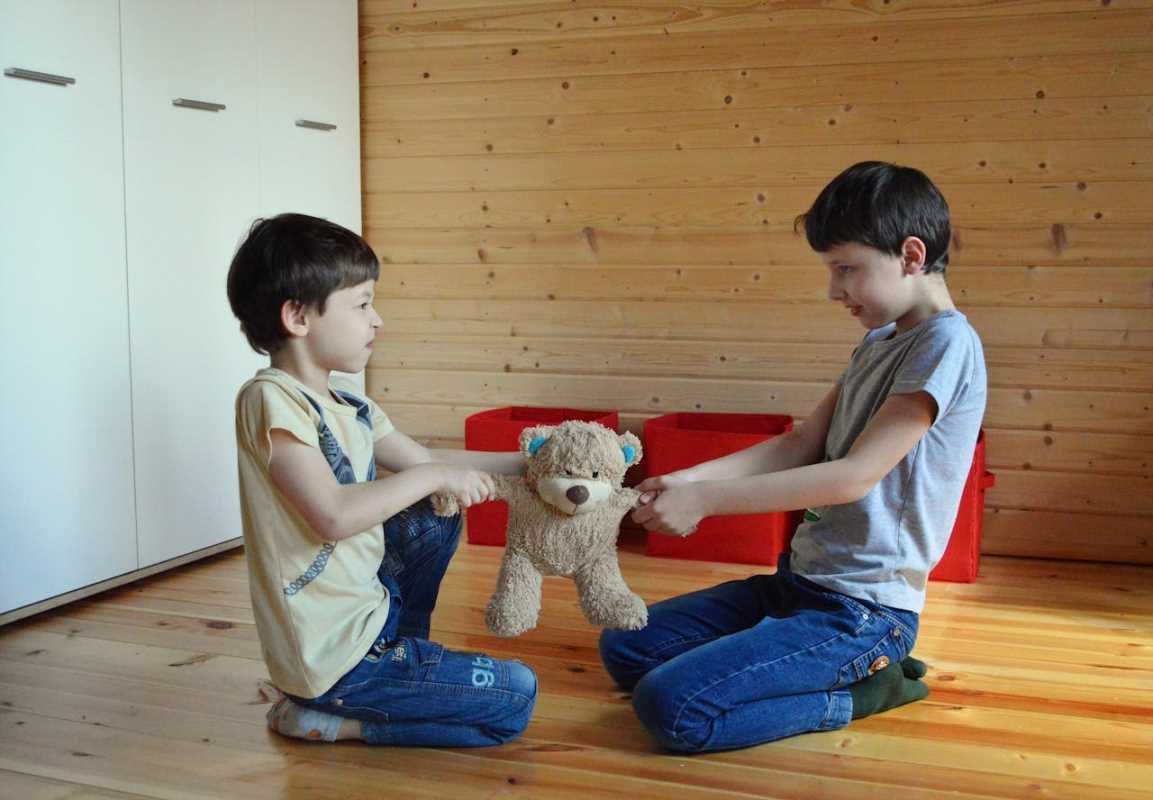Good communication is the foundation of strong relationships at home. Yet, misunderstandings often arise when messages are misinterpreted or unclear. These moments of confusion can lead to unnecessary tension, frustration, and conflict. Effective communication doesn’t always come naturally, but with some specific strategies, it’s possible to significantly reduce misunderstandings and create a more harmonious home environment. This article highlights actionable communication hacks that can help every family member feel understood and respected, fostering healthier and more open connections. By focusing on clarity, empathy, and active listening, you can transform day-to-day conversations into meaningful and productive exchanges. Here’s how you can strengthen your communication skills at home starting today.
1. Prioritize Active Listening
Listening is an essential part of effective communication. Many misunderstandings happen because people aren't fully paying attention to what’s being said. Active listening goes beyond merely hearing words—it’s about understanding the speaker’s message and emotions.
- Focus entirely on the speaker. Eliminate distractions such as phones or television during conversations.
- Show you’re engaged by maintaining eye contact and using affirmative gestures like nodding or saying, “I understand.”
- Avoid interrupting. Wait for the other person to finish before responding, and avoid jumping to conclusions mid-conversation.
- Clarify when necessary by paraphrasing what you’ve heard. For example, “What I’m hearing is that you feel overwhelmed. Is that correct?”
This method builds trust and ensures everyone feels valued, reducing the likelihood of misinterpretations.
2. Use "I" Statements
Blame and accusatory language often escalate conflicts. Communicating feelings using “I” statements shifts the focus from blame to personal experience, allowing for more constructive discussions.
For example:
- Instead of saying, “You never listen to me,” try, “I feel ignored when I’m not heard during discussions.”
- Replace, “You’re always late and irresponsible,” with, “I feel stressed when schedules aren’t followed.”
This subtle change in framing fosters understanding while avoiding defensiveness. It encourages problem-solving instead of conflict.
3. Simplify Your Message
Miscommunication often stems from messages that are too long, vague, or complex. Delivering clear and concise information helps prevent confusion.
- Structure your thoughts before speaking. Identify the main point you want to convey.
- Avoid overloading with details. Keep explanations short and to the point.
- Be specific. Instead of saying, “We need to get things done,” explain exactly what you need, such as, “I need help folding the laundry after dinner.”
Clarity saves time and avoids frustration, particularly when discussing practical matters.
4. Adapt Your Communication Style
Every individual processes information differently. Paying attention to personality differences and communication preferences ensures your message resonates.
- For detail-oriented individuals, provide thorough explanations and specific examples.
- For emotional communicators, focus on tone and empathy to connect effectively.
- For direct communicators, stick to facts and avoid unnecessary small talk.
Being flexible and tailoring your approach helps build stronger connections with family members who think and respond differently from you.
5. Choose the Right Time and Place
Timing and environment play a key role in how well communication unfolds. Attempting to have important discussions during stressful moments or in distracting settings often leads to misunderstandings.
- Wait for calm moments to address sensitive topics. Conversations tend to be more productive when everyone is relaxed and receptive.
- Pick a quiet setting with minimal interruptions to ensure focus. For example, a dinner table discussion might work better than an exchange during a hectic morning rush.
- Be mindful of body language. Facing each other and adopting an open posture can improve dialogue and minimize misinterpretation.
Strategically planning conversations helps avoid unnecessary conflict and increases the likelihood of productive discussions.
6. Practice Empathy
Understanding another person’s perspective is vital for minimizing miscommunication. Empathy allows you to respond thoughtfully and adjust your communication to meet the needs of others.
- Acknowledge emotions without judgment. Phrases like, “That sounds frustrating,” or “I understand why you’d feel that way,” validate others’ feelings.
- Ask thoughtful questions to show interest in their perspective. For example, “What would make this easier for you?”
- Adjust your responses based on what you observe. For instance, if someone seems stressed, choosing a gentle tone can soothe the situation.
Empathy reduces tension and promotes mutual understanding, making it easier to resolve disagreements.
7. Establish Family Communication Norms
Setting ground rules for how family members communicate can prevent recurring misunderstandings. These norms should focus on respect, expression, and collaboration.
Ideas include:
- No interruptions during someone’s turn to speak.
- Agreeing on routines for discussing important matters, like weekly family meetings.
- Encouraging open expression by supporting everyone’s right to express emotions calmly.
Creating a shared expectation for communication helps reinforce healthy habits over time.
8. Follow Up After Conversations
Ensuring long-term understanding often requires follow-up. Revisiting previous discussions confirms that everyone remains aligned and clear on any agreements or plans made.
- Check in after discussions to confirm understanding. For example, “Just to make sure we’re on the same page—should we start the project tomorrow?”
- Recap action points and responsibilities agreed upon during group discussions.
- Encourage open feedback by asking, “Is there anything I missed or should explain again?”
A little effort to reaffirm understanding goes a long way in preventing future confusion.
While challenges will arise, a commitment to clear communication minimizes misunderstandings and strengthens the bonds that matter most. Start small—choose one or two tips to try today and notice the positive shifts within your household.
 (Image via
(Image via





